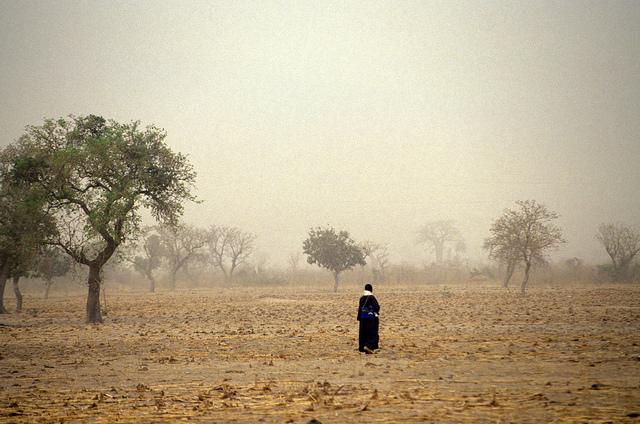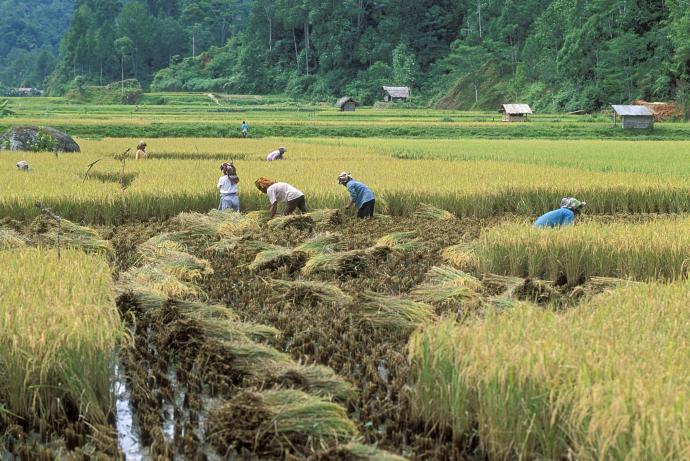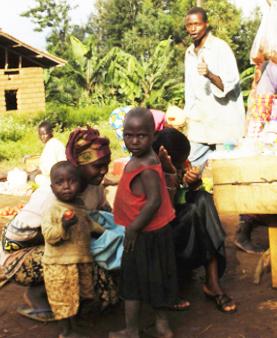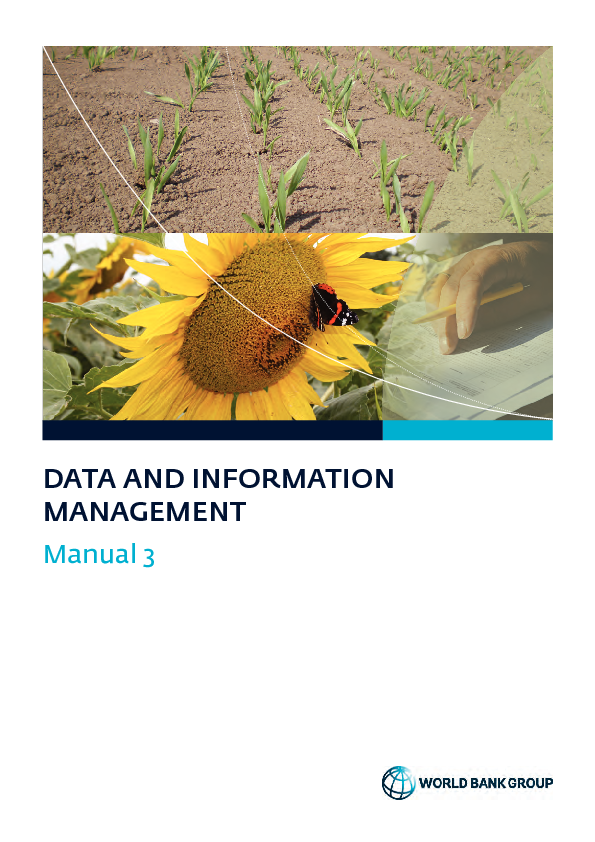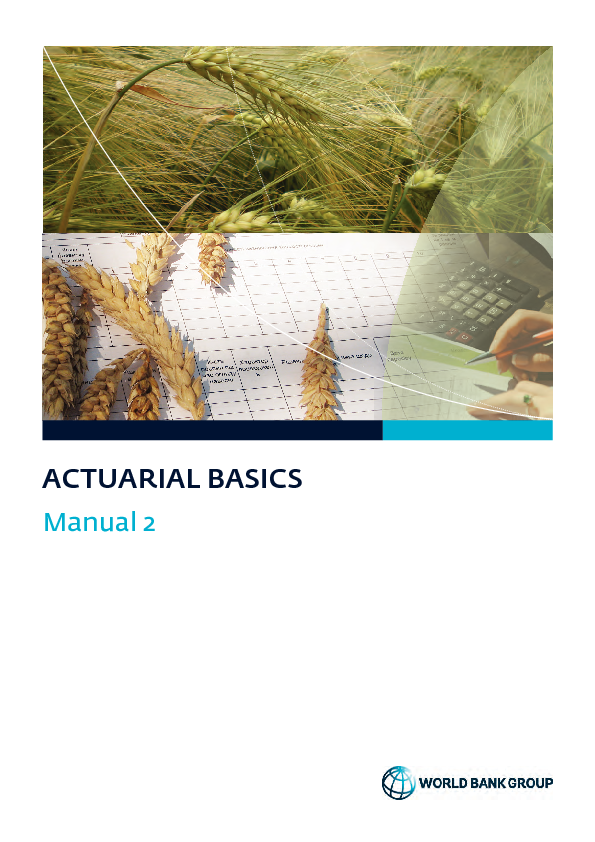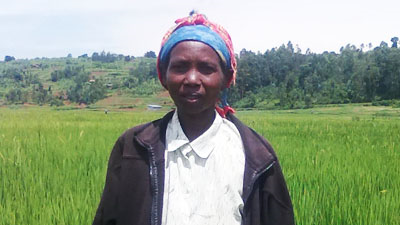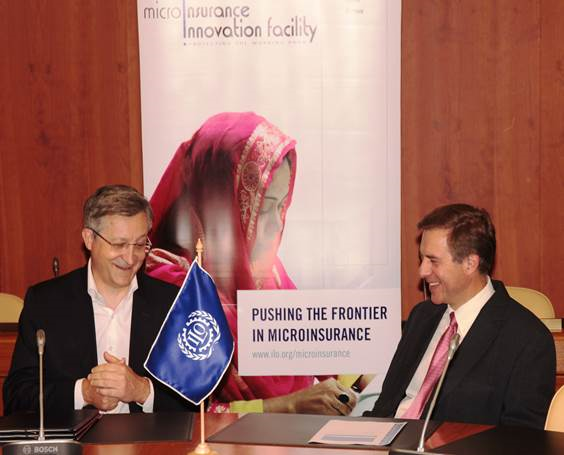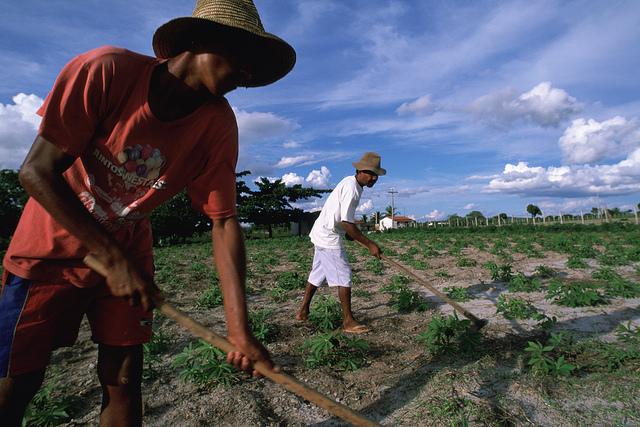
Published on:
Poor farmers all over the world are increasingly falling prey to natural disasters, droughts and torrential rain largely due to climate change. But there is some good news as well. Thanks to new technologies, the widespread use of satellites, and more powerful computers, such events can largely be predicted in advance, thus making possible novel and more efficient insurance schemes for those at risk. In an interview with AFP, Gilles Galludec, Program Manager of the World Bank-run Global Index Insurance Facility discusses how index insurance schemes differ from traditional indemnity coverage in

